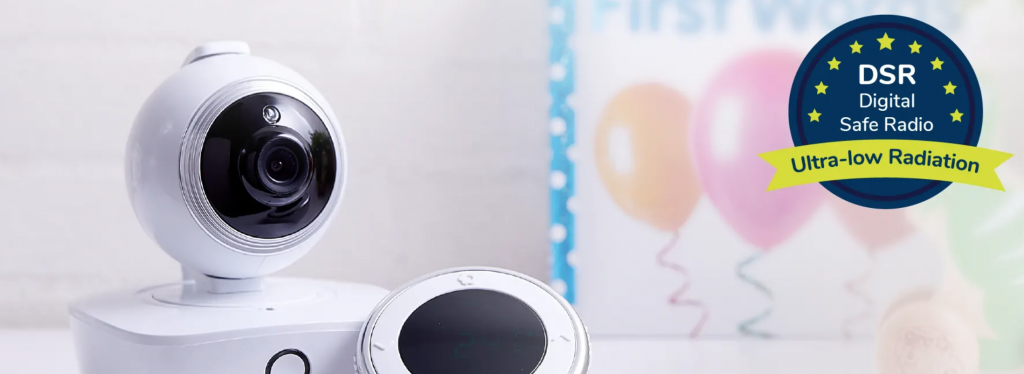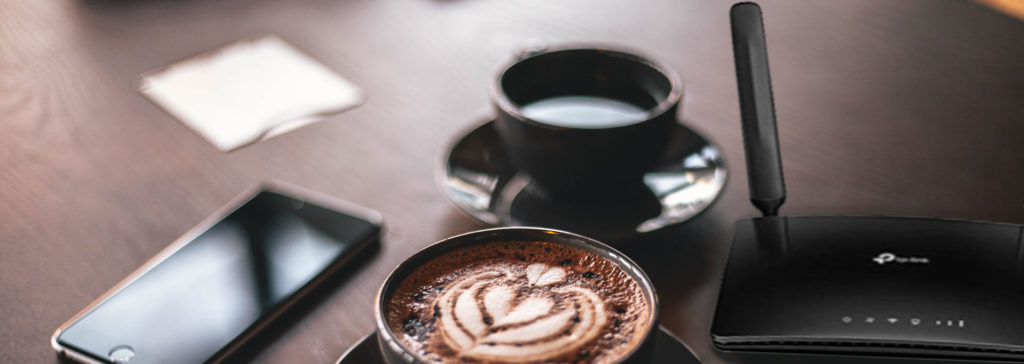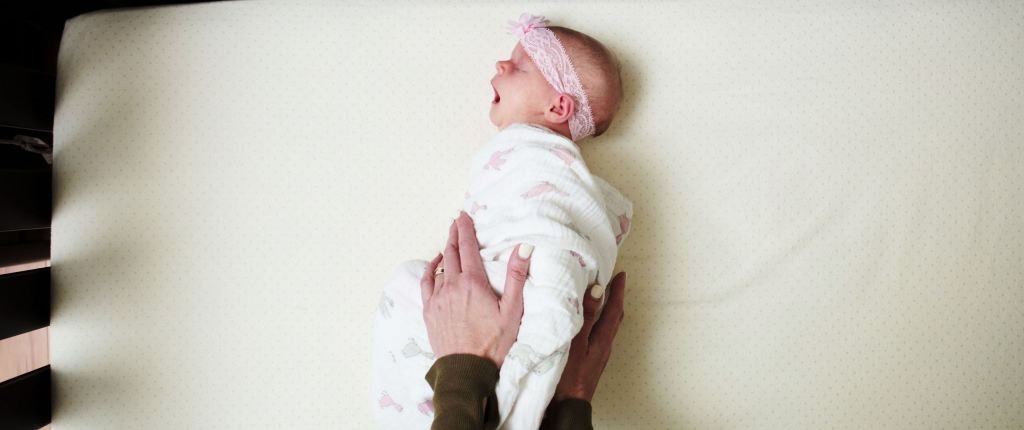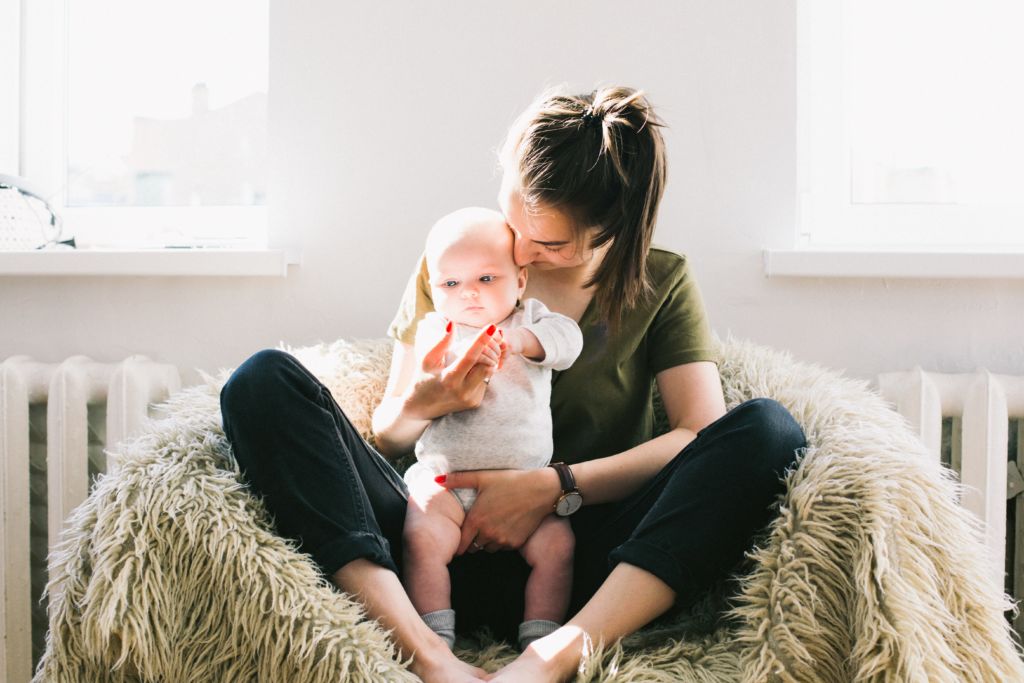Bebcare – A safe monitor for your baby’s nursery

A while ago I recorded three videos about electromagnetic emissions and creating a sleep sanctuary for your child. You can find all three on our YouTube channel. I spoke with Lisa Tiedt, a Building Biologist at Well Abode. She used science to physically demonstrate to us how baby monitors, sound machines, and wifi modems emit […]
Creating a Safe Sleep Space: Routers

Alyssa Veneklase talks with Lisa Tiedt, Building Biologist and owner of Well Abode, about creating health sanctuaries in our homes. You can watch this video on YouTube. Alyssa: Hi. It’s Alyssa and Lisa here again. This is Part 3 of our series on how to create a low EMF sleep space, and we’ve kind […]
Creating a Low EMF Sleep Space: Baby Monitors

Alyssa Veneklase talks with Lisa Tiedt, Building Biologist and owner of Well Abode, about creating health sanctuaries in our own homes. You can watch this video on YouTube. Alyssa: Hi, again. We are in our series of how to create a safe sleep space, and I am Alyssa, talking to Lisa Tiedt again. She […]
My Favorite Sleep Products

During sleep consultations I am often asked what my favorite products are. While I have many, parents must realize that my favorite sleep sack or swaddle may not be their child’s favorite! I will list several products in this blog and tell you why I like them, but you know your baby or child best. […]
How Sleep Deprivation Impacts New Parents

Becoming a parent is one of the most exciting and scary milestones of a person’s life. It’s likely your emotions will run the gamut from excited anticipation and joy, to fear of the unknown and uncertainty about what’s ahead and how you’re coping with parenthood. Managing night time feeds, tending to your baby throughout the […]
